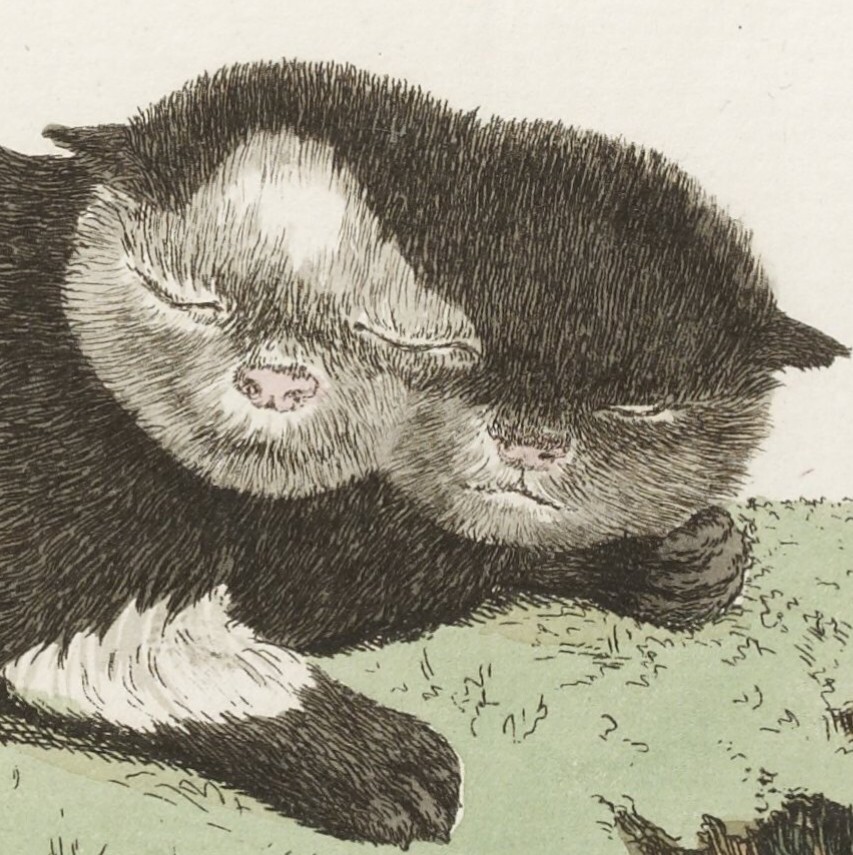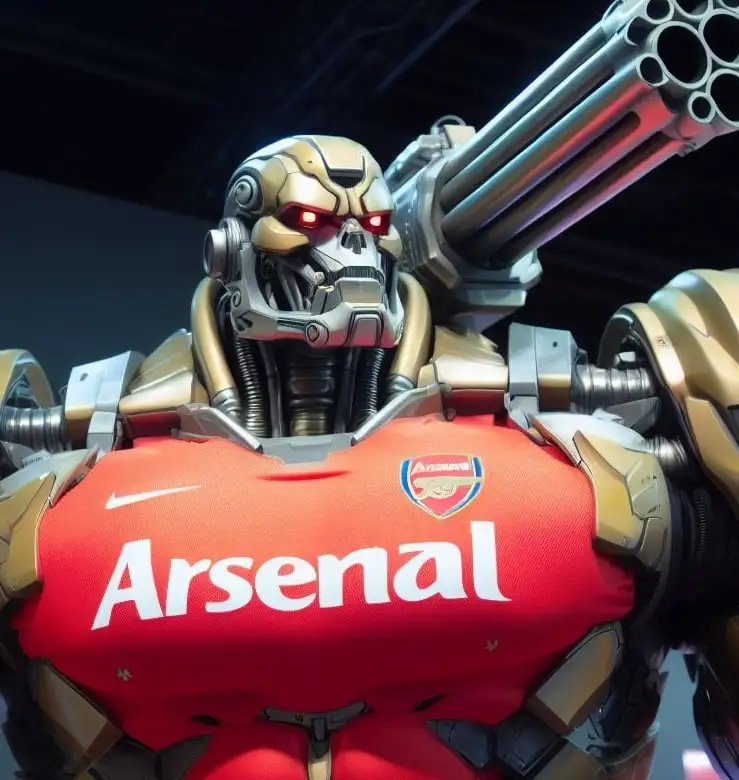Is it gas? What material is fire? Why does fire exist?
Individual oxygen atoms are very very grabby; they’re stage-5 clingers on PCP. They’re straight-up homewreckers, and they cannot and fucking will not be alone. They need a friend or two, and they will go and rip molecules apart to take them because fuck you.
Now, if there’s nothing else available, they’ll pair up with another oxygen atom, and form O2, what people normally call oxygen; the stuff you find in the air.
But it’s an uneasy alliance, and the bond angles are all wrong so it’s kind of spring-loaded.
And the same goes for lots of other molecules - carbon-carbon or carbon-hydrogen bonds ferinstance are also kind of tense and uncomfortable; it takes a surprising amount of energy to snap them into place, like building a tower of interlocking mousetraps.
So smack an O2 at reasonably high speed (or in other words, at a high temperature) at big structure of carbons and hydrogens, and it’s fucking chaos.
The oxygen-oxygen bond splits, and the two halves grab the other atoms, ripping the structure apart and releasing all the energy that went into spring-loading those bonds.
The main byproducts are CO2 (a carbon with two oxygens) and H2O (an oxygen with two hydrogens), both of which are very low-energy, strong bonds.
They’re both gases, and all that energy leftover is released as heat, which does two things:
- raise the temperature enough to do the same thing with even more O2s, causing a chain reaction
- heat up the released gases (and any bits of random gunk that break off with them) so much that they glow red hot, just like hot iron.
So you get plumes of glowing hot gas-and-particles streaming off the stuff that’s burning - and hot air rises, so the plumes point upwards.
But they also cool down quickly in the air, below the glowing-hot point, and that’s why flame has a shape: the boundary is how far as they get while still hot enough to glow.
Of course, hydrocarbons and carbohydrates aren’t the only things that burn, there’s lots of other molecules you can do this to, and the same principle applies. It’s just that carbony things tend to burn easily and well, and we’re surrounded by the stuff because that’s what living things are made of, so that’s what you tend to see being on fire the most.
I could go more science written like this
I am waiting for the sequel of this story
this was wonderfully written!
Beautiful!
ferinstance
Bravo.
It’s a gas where the chemical reaction of the combustion has produced enough energy to heat it up to a temperature where it emits visible light. Kind of like a glowing piece of metal, but in gas form.
It’s a mixture of black body radiation and individual spectral lines.
The spectral lines happen when electrons fall from a high to a low energy state and the energy difference is emitted as light.
Black body radiation describes the fact that everything constantly emits electromagnetic radiation (=light). But what kind of light depends on the temperature with colder bodies like us humans emitting infrared whereas warmer bodies like the sun emit visible light. That is also why light temperature is a thing and the unit is Kelvin.
Here are some graphs and stuff: https://physics.stackexchange.com/questions/648273/does-fire-emit-black-body-radiation
TL;DR Superheated products of burning in the state of plasma - essentially, an ionized gas.
Long answer:
Boring part on what causes the fire, you may skip it but it provides context
As is widely known, oxygen is the second most powerful elemental oxidizer in existence, second only to fluorine. Our atmosphere contains something like 21% of it in the form of oxygen molecules, and nearly everything it could oxidize at our normal conditions it already did - that’s how we got rocks, water and a lot of other good things. We also use it to oxidize our food - for us, this is just breathing, but really it’s a complex set of reactions meant to essentially burn our food at low temperature, without a flame.
However, one of the simplest things that can be changed to make oxygen oxidize something else is temperature. Elevated temperatures lead to the weakening of the bonds between atoms in the molecule, making them more readily available for a chemical reaction. At a certain threshold called activation energy, the reaction (in this case rapid oxidizing, i.e. burning) starts to occur. From here on out, the heat provided by reaction is enough to heat the rest of material up to the energy required for reaction, and it becomes self-sustaining, heating further and further. The further the reaction heats up, though, the more heat it emits to the environment, and at some point, different for each fuel type and external conditions, heating and cooling of the reaction equalize at a certain temperature - typically about 600-1000°C (1100-1800°F) for wood, 2000°C (3600°F) for natural gas, etc.
Normally, when a chemical reaction occurs, bonds get so weak that atoms can leave the molecule and reconfigure in a different way - they don’t stay in this separate state for any significant time, however, and the outcome is always two molecules with a different configuration of atoms. This is what happens inside our body in long chains of various reactions that involve oxygen. The end goal here is to extract as much energy as possible by putting electrons inside atoms in the most energy-efficient position, but that’s a topic for another time.
The thing is, fire works a bit differently.
Now the part actually about the fire
At such temperatures at which you see the flame, materials in the fuel don’t just swap atoms - they straight up break into free floating ions, or charged atoms, not bound to anything. They are so energized they rip chemical bonds apart. This state of matter is known as plasma, and it is very similar to gas, except gas consists of normal molecules and plasma is too hot to have that. So, in layman terms, you can see the flame as hot gas, though it wouldn’t be exactly correct.
Those ions then recombine into regular molecules, attempting to take the most energy-efficient configuration, and are moved out of the flame by the currents of air that itself gets expanded on heating. The products of this process are primarily carbon dioxide and water, as they are the most stable, energy-efficient bonds of carbon and hydrogen with oxygen, respectively.
As per why it glows - this is the property of its temperature. In fact, every object in the Universe that is above absolute zero temperature (0 degrees Kelvin, the lowest temperature there can be, signifying full stop in motion of any particles) emits electromagnetic radiation - that’s how thermal cameras work, they just see what we don’t. The interactions of protons and electrons between particles form paired electric and magnetic fields. These fields radiate photons, and at the temperatures above about 500°C (950°F) the emitted electromagnetic radiation begins taking form of visible light. Due to the amounts of heated matter and the energies involved in the process, we see fire as a very bright light.
That’s it, in the nutshell :)
What the vast majority of people would probably think of when they hear the word ‘fire’ is actually flames; flames are quite simply particles emitting light.
For an everyday example, take a campfire: The wood logs you see burning are at such a high temperature that they give off methanol (and other flammable chemicals), which is most of what’s burning. Apart from the methanol being driven off of the wood, there will be other chemical compounds and/or larger clumps of more-or-less-burned wood that will be carried off. These larger clumps in particular, while very small, are nonetheless large and hot enough to start emitting light in the visual spectrum. This is essentially what a flame is: Particles emitting light.
Fire in and of itself is quite simply rapid oxidation in the presence of oxygen.
The above is, arguably, a gross oversimplification.
TLDR: Flames are particles, fire is combustion.
https://en.m.wikipedia.org/wiki/Fire
In short: a chemical reaction. You mainly experience the light/heat, but those are just products of said reaction.
Fire isn’t a material. It’s the effect of a change in state of other materials. It exists in the same way that freezing or photosynthesis exists.
Phlogiston!
I can’t believe the woke mob canceled phlogiston and luminiferous aether. Smdh
I heard it was plasma once, but I don’t know if that’s true. Plasma is state of matter (like solid, has, liquid). Is burning a state of matter? 🤔
No, is just a reaction from two molecules into two other molecules. Oversimplification, but you know how vinegar and baking soda react when the come together all fuzzy and bubble? It’s the same when oxygen and hydrocarbons meet, except that it take heat to get it going, and conveniently releases more heat, which is usually enough to cause more reaction, often until it runs out of either oxygen or the hydrocarbon.
It would be an even better parallel if vinegar and baking soda didn’t react if they were both below a certain temperature, and if the bubbling created heat, which warmed up the stuff next to it. If that were the case you could see a cool thing where you could keep them could, and just touch one spot to start them reacting, and it would spread like ‘fire’
Usually there’s a significant amount of ions in a flame, enough to make a little conductive. That’s where the plasma characterization comes from
Fire is not an element in itself (ie not a molecule/atom in gas/liquid form). Combustion requires an oxidant like Oxygen or Chlorine and it is a reaction that breaks down other molecules into combinations with the oxydant. Making steam if donor molecule contains Hydrogen, and CO2 if donor molecule contains carbon.
I’ll take any excuse to share Feynman talking about fire: https://youtu.be/N1pIYI5JQLE
That’s incredible. I hadn’t seen that particular bit by him before. Very cool!
Something that is really good, amazing, crazy(in a good way).
“That song is straight fire”
I always thought that fire is “just” plasma, but it’s more complicated: https://en.m.wikipedia.org/wiki/Fire
The flames you see are electromagnetic radiation generated from high energy particles
Death and Destruction 🌋🏘☠️
Or warmth for the rest of your life 🔥🤗
It is alive. It is a predator. It wants to eat you!
/s







